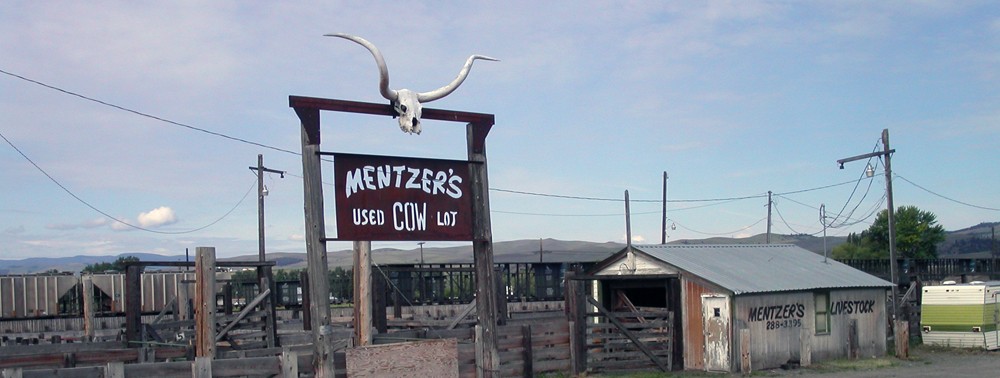There is no question that the bridge carrying Talbot Avenue over the CSX Railroad tracks in Silver Spring, Maryland, is historic. Two Maryland state agencies, the Montgomery County Planning Department, and the Federal Transit Administration all agree that the small bridge has historic merit and is eligible for listing in the National Register of Historic Places. The agencies also agree that the bridge needs to be replaced to accommodate construction of a new light rail line connecting suburban Washington, D.C., communities. But do the agencies understand why the Talbot Avenue Bridge is historically significant?

Talbot Avenue Bridge, August 2016.
Built in 1918 by the B&O Railroad, the bridge carries automobile, pedestrian, and bicycle traffic over the railroad now owned and operated by CSX. The bridge connects the historically African-American Lyttonsville community with early twentieth century residential subdivisions established on the periphery of unincorporated Silver Spring. Lyttonsville was founded in the 1850s by a freed slave free person of color named Samuel Lytton and it became one of several dozen African American hamlets scattered throughout Montgomery County. Silver Spring and its residential subdivisions were a sundown suburb: racialized space where African Americans were unable to live because of racially restrictive deed covenants and where public space and private businesses were governed by strict Jim Crow segregation.
The Talbot Avenue Bridge may be the last surviving historically significant structure in the Lyttonsville community. This post explores the various historic preservation efforts undertaken to document the bridge and the community’s perspectives on the bridge and its history. The reasons why the Talbot Avenue Bridge isn’t better understood and isn’t protected from demolition like other officially designated Montgomery County buildings and structures may be a policy gray area but they are clearly visible in black and white terms.
Continue reading →
Like this:
Like Loading...





